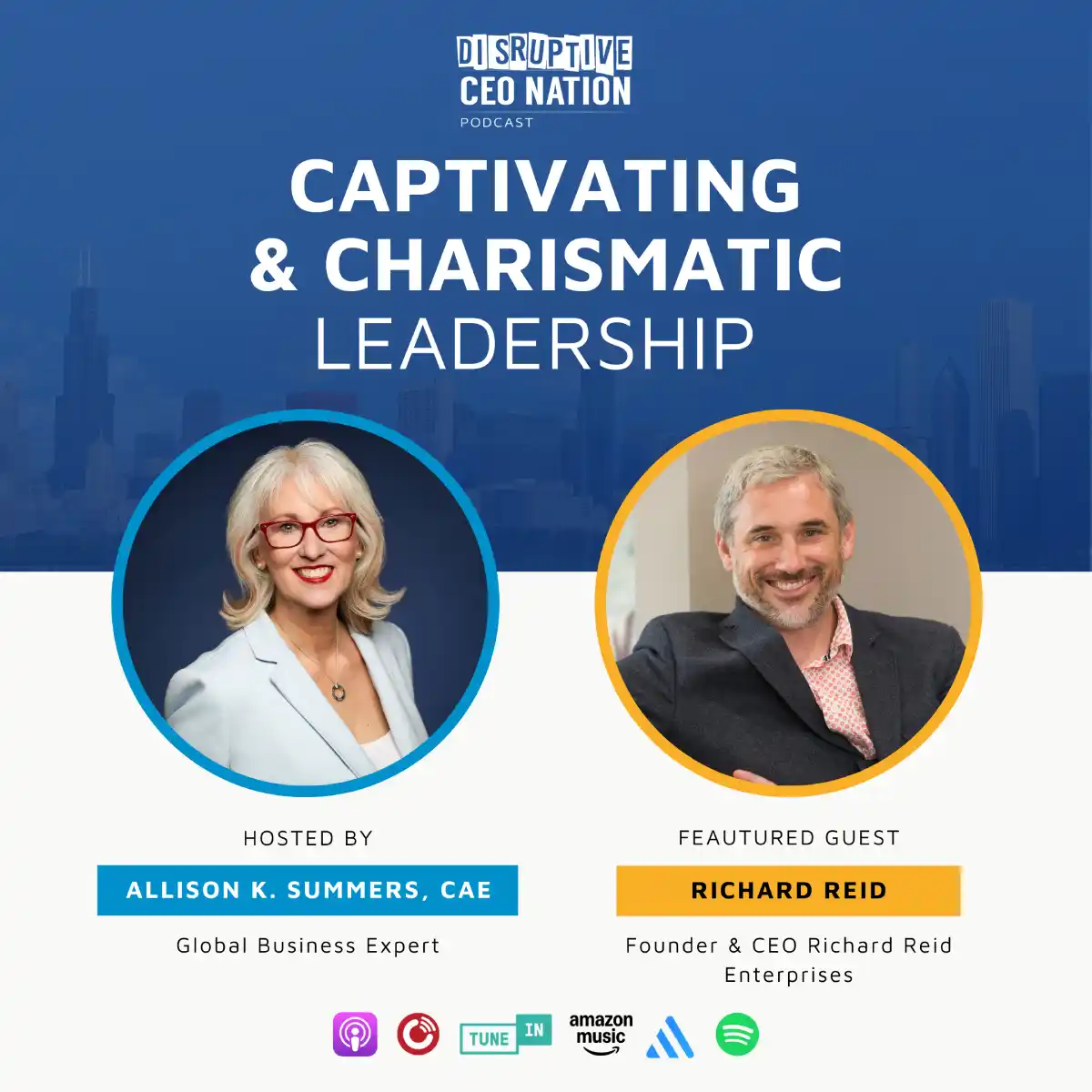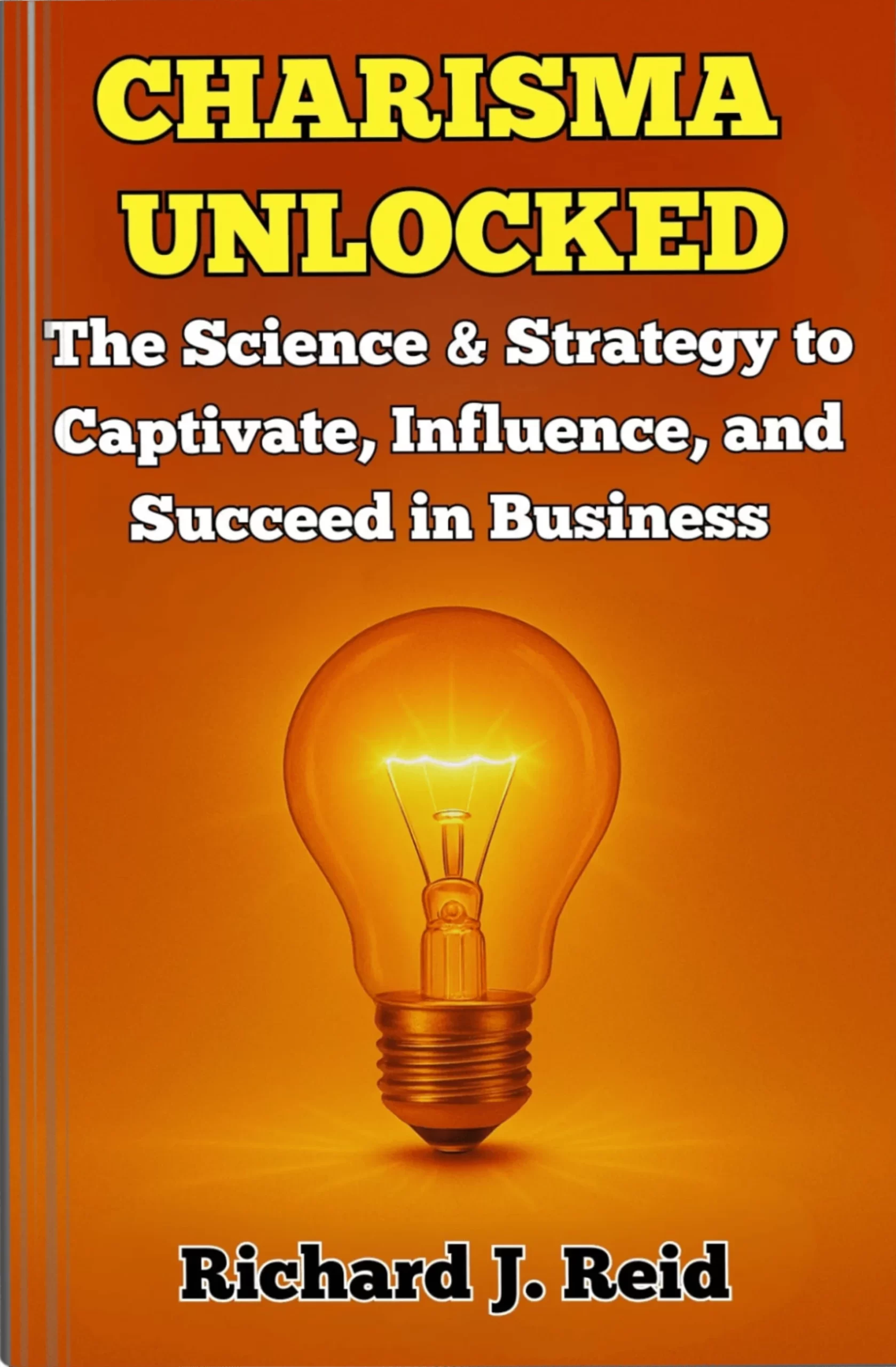Introduction
In the contemporary business landscape, marked by relentless competition and rapid technological advancements, the ability to influence and persuade has become less of a soft skill and more of a strategic imperative. For senior business professionals and entrepreneurs, mastering this art is not merely advantageous—it’s essential for driving organisational success, securing buy-in for innovative ideas, and navigating the complexities of today’s marketplace. And remember, mastering the art of influence and persuasion is not a one-time achievement, but an ongoing journey of self-improvement and refinement.
This whitepaper delves into the nuanced world of influence and persuasion, equipping you with practical strategies and knowledge to become a more effective communicator and leader. We’ll explore the psychological underpinnings of persuasion, dissect proven tactics, and provide actionable insights that you can immediately apply to elevate your influence in every facet of your professional life.
Understanding the Psychology of Persuasion
At its core, influence is about understanding and leveraging the motivations and desires that drive human behaviour. Tapping these underlying psychological principles can significantly enhance your ability to persuade and inspire action.
1. Reciprocity: Humans are inherently wired to return favours. By offering value upfront—sharing your expertise, providing insightful feedback, or simply being genuinely helpful—you create a sense of obligation that can pave the way for future persuasion.
Example: Imagine you’re a financial advisor seeking to onboard a new client. Instead of launching directly into your services, you offer a complimentary portfolio review, providing valuable insights and demonstrating your expertise. This act of generosity increases the likelihood that the potential client will feel inclined to reciprocate by considering your services. Similarly, in a sales pitch, offering a free trial or a money-back guarantee can trigger the reciprocity principle, making the potential customer more likely to make a purchase.
2. Scarcity: We place a higher value on things perceived as scarce or exclusive. Highlighting the unique benefits of your proposition or the limited-time nature of an opportunity can make it significantly more appealing.
Example: When launching a new product or service, emphasise its exclusivity or limited availability. Phrases like “limited-time offer,” “exclusive early access,” or “only a few spots remaining” can create a sense of urgency and increase perceived value.
3. Authority: People are more likely to be persuaded by those they perceive as credible and knowledgeable. Establishing your expertise through your track record and credentials or by associating yourself with other respected figures in your field can bolster your persuasive power.
Example: When pitching a new business idea to investors, highlight your relevant experience, industry certifications, or successful past ventures. Displaying your credentials and expertise establishes credibility and increases the likelihood of securing funding.
4. Consistency: We sincerely desire to remain consistent with our past commitments. By securing small, incremental agreements along the way, you can increase the likelihood of gaining ultimate compliance with your more significant request.
Example: Instead of asking a colleague to commit to a large, time-consuming project upfront, start by requesting their input on a smaller, related task. Once they’ve agreed to this initial commitment, they’re more likely to agree to further involvement, aligning with their desire for consistency.
5. Liking: We are naturally drawn to those we like and feel a sense of connection with. Building rapport, finding common ground, and demonstrating empathy are crucial for establishing the trust and affinity that underpin effective persuasion.
Example: Before a crucial negotiation, invest time in getting to know the other party personally. Discover shared interests, engage in genuine conversation, and build rapport. This fosters a sense of connection and increases the likelihood of reaching a mutually agreeable outcome.
6. Social Proof: When uncertain, people look to the actions and behaviours of others to guide their own decisions. Testimonials, case studies, and endorsements from satisfied clients or respected peers can provide the social proof needed to sway opinions.
Example: When marketing your services, showcase testimonials from satisfied clients. Feature case studies that demonstrate the positive impact of your work. Leverage endorsements from industry leaders or influencers to build credibility and trust.
Practical Tactics for Effective Influence
1. Master the Art of Storytelling: Humans are hardwired for narratives. Craft compelling stories that connect emotionally with your audience, illustrating the problem, solution, and positive impact your proposal will have.
Example: Instead of simply presenting data points during a pitch, weave them into a compelling narrative. Please share a story about a customer who faced a similar challenge and how your solution helped them achieve remarkable results. This emotional connection makes your message more memorable and persuasive.
2. Frame Your Message Effectively: How you frame your message can dramatically impact its reception. Highlight the benefits rather than features, emphasise potential losses over gains, and tailor your language to resonate with your specific audience.
Example: When proposing a new software system to your team, focus on its benefits, such as increased efficiency, reduced errors, and improved collaboration. Instead of simply listing its features, emphasise how it will solve their pain points and make their work lives easier.
3. Active Listening and Empathy: Persuasion is a two-way street. Listen attentively to understand your audience’s perspectives, concerns, and motivations. Demonstrate empathy and address their needs to build trust and foster a collaborative environment.
Example: During a negotiation, actively listen to the other party’s concerns and perspectives, even if you disagree. Repeat what you’ve heard to ensure understanding and demonstrate that you value their input. This fosters trust and opens the door for finding mutually beneficial solutions.
4. Build Strong Relationships: Cultivating authentic relationships is paramount. Invest time in networking, nurturing existing connections, and seeking out opportunities for collaboration.
Example: Regularly attend industry events, engage with your network on social media, and try to connect with colleagues personally. Building strong relationships creates a foundation of trust and goodwill, making it easier to influence and persuade when the need arises.
5. Lead with Confidence and Authenticity: Belief in yourself and your message is contagious. Communicate with conviction, passion, and authenticity to inspire confidence and motivate action.
Example: Exude confidence in your vision When presenting a new idea to your team. Speak with passion about the problem you’re solving and the positive impact it will have. Authenticity and genuine enthusiasm are contagious and inspire others to buy into your vision.*
6. Leverage Nonverbal Communication: Your body language, tone of voice, and eye contact speak volumes. Maintain open and approachable body language, modulate your tone to convey enthusiasm and conviction, and make eye contact to establish a connection and build trust.
Example: During a presentation, stand tall, make eye contact with individuals in the audience, and use hand gestures to emphasise key points. Project your voice clearly and confidently, varying your tone to keep the audience engaged.
7. Handle Objections with Grace: Anticipate potential objections and address them proactively. Listen attentively to concerns, acknowledge their validity, and respond with well-reasoned arguments and alternative solutions.
Example: If a potential investor expresses concerns about the financial projections of your business plan, acknowledge their concerns and provide additional data or insights to address their doubts. Offer alternative scenarios or demonstrate flexibility in your approach.*
8. Seek Win-Win Outcomes: Persuasion should not be a zero-sum game. Aim for mutually beneficial solutions that address the needs and interests of all parties involved.
Example: During a negotiation, focus on understanding the underlying interests and motivations of the other party. Explore creative solutions that create value for both sides rather than simply trying to “win” the negotiation.*
Conclusion
Mastering the art of influence and persuasion is an ongoing journey of self-improvement and refinement. By understanding the psychological principles and implementing the practical tactics outlined in this whitepaper, you can elevate your ability to lead, inspire, and achieve your goals in the ever-evolving business world. Remember, influence is not about manipulation but building trust, fostering collaboration, and creating mutually beneficial outcomes that drive success for yourself and those around you.
Start Now or learn more in our website!










